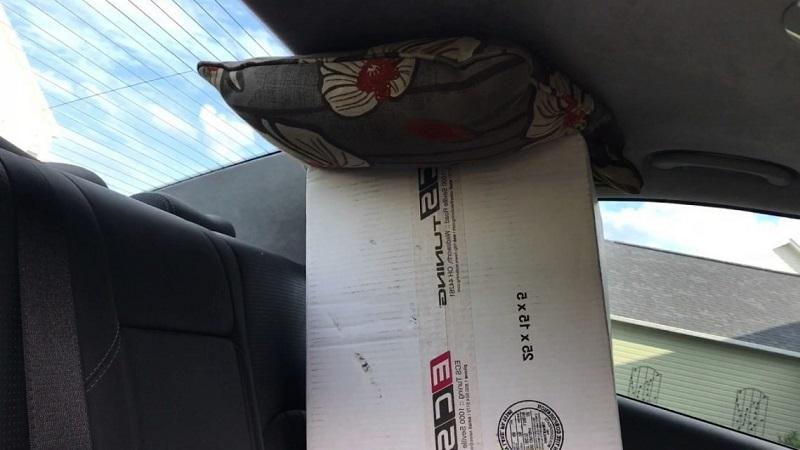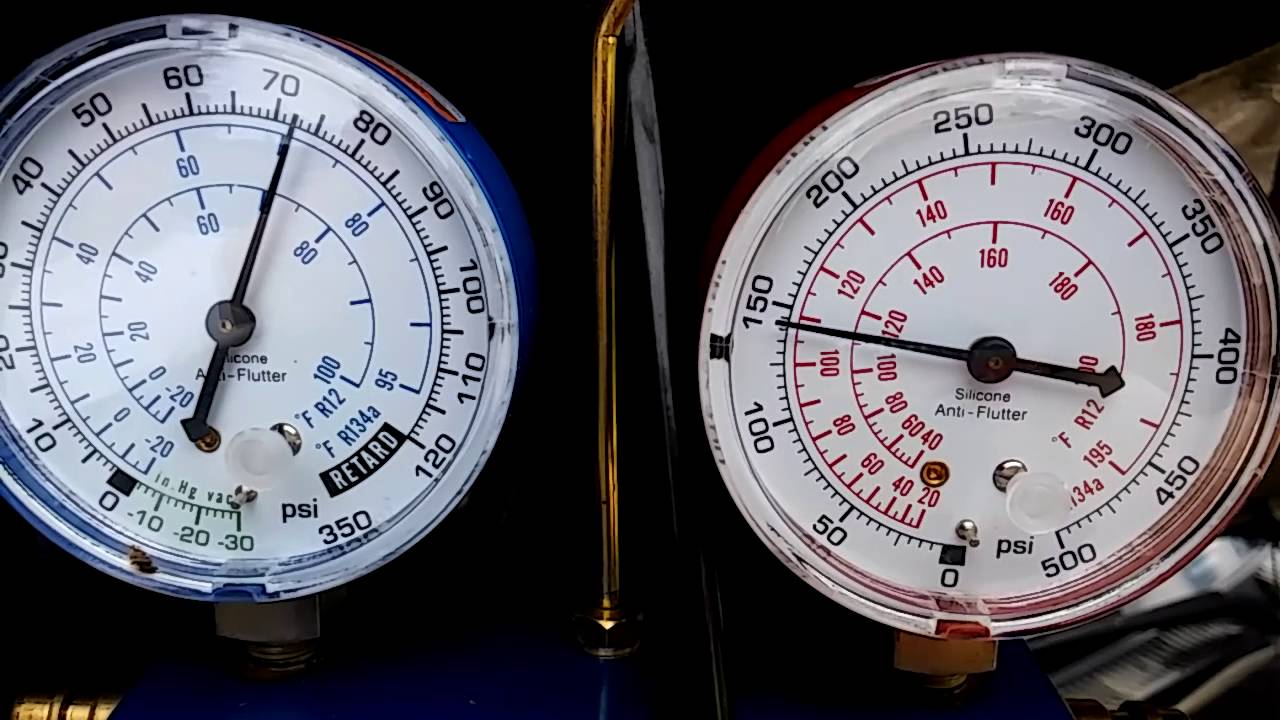A Cracked Head Gasket: Common Symptoms And Repair
Resulting from a cracked head gasket, an engine can consume extra oil or coolant, so troubleshooting cracked head gasket symptoms is extremely vital.
What Is A Head Gasket?
First, if you still wonder what is head gasket, we have an answer for you now!
The head gasket is an essential component of the engine system of a vehicle tucked between the engine block and the cylinder head.
The primary function of a head gasket is to seal in the internal combustion process so that the two highly combusting fluids: coolant, and oil, don’t mix with each other.
Now that we understand what a head gasket is, it’s necessary to know cracked head gasket symptoms to avoid higher costs because of additional engine damage caused by driving with a cracked head gasket.
In fact, this problem even happens frequently in Subaru and has become a stain on the company’s impressive record of manufacturing first-class vehicles. To understand the symptoms it can be helpful to understand why a head gasket might fail.
Cracked Head Gasket Symptoms
Symptoms of a bad head gasket are sometimes hard to diagnose and costs a huge sum of money for repair or replacement. The problem in a head gasket starts with just a leakage in the cooling system.
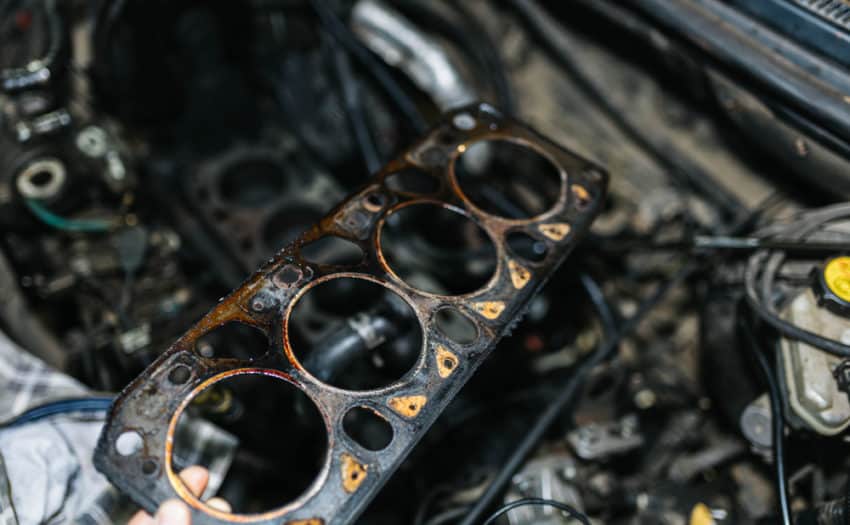
However, it will turn into a bigger problem if it goes unnoticed due to irregular maintenance. Let’s check out the symptoms of a cracked head gasket with Car From Japan right now!
Engine Overheating
The reason behind may be a lack of coolant or the combustion process. Of course, it can lead to many other problems. For example, metal components may enlarge which will cause cracks or warping.
Overheating the engine is one of the most common but not the only signs of a cracked head gasket. So, just an overheated engine doesn’t mean that the head gasket needs any repair.
Dropping Coolant Levels
If the coolant level drops faster than normal, your car is likely to have a problem with the head gasket. A cracked head gasket might lead to a leak, which will be tested by pressurizing your cooling system and watching for pressure loss.
Engine Misfire
When the coolant leaks into an engine cylinder, it misfires. So, a misfiring engine can be a possible symptom of a faulty head gasket.

SEE MORE:
Excessive Exhaust Smoking
When plenty of coolant leaks into the cylinders, the smoke yielded by the combustion process comes out of the exhaust system. It usually happens when the initial leakage is not treated in time.
Milkiness In Engine Oil
Another cracked head leak symptom is milky white oil. Because the coolant leaks into your combustion chamber, it will seep past your piston rings into your oil.
During the time, oil will mix with this liquid to turn into a milky white color. On your dipstick and around the engine oil cap are the place you can easily see this symptom.
How To Avoid Cracked Head Gasket?
We all know that prevention is better than cure. So, you need to do regular maintenance of your car to avoid all cracked head gasket symptoms.
Otherwise, the fixing job will drain your wallet very fast. There are three methods you can use to diminish the chance of cracked head gasket.
- Your combustion chamber should be kept under low pressures as possible
- Avoid overly advanced timing or carbon build up with engine
- Do not downshift to slow your car and re-match anytime in case your car has a manual transmission.
Cracked Head Gasket Repair
A cracked head gasket is easy to repair if you can detect the leakage at the initial stage. There are many sealing products available at auto repair shops. You just have to add the sealer to the radiator and the leak will be sealed as you drive.
The type of the sealer will depend on the number of engine cylinders and the size of the leak. Normally, the sealers will work in the case of small leaks.
>> Find a suitable Japanese cheap used car for yourself? Click here <<
However, your car will need a head gasket replacement if the problem is not detected early. You may need to repair the engine block and the cylinder head or a complete engine replacement only.
A gasket replacement needs the removal of a number of engine components. Putting all these parts back together requires specific torque settings to ensure a proper installation.
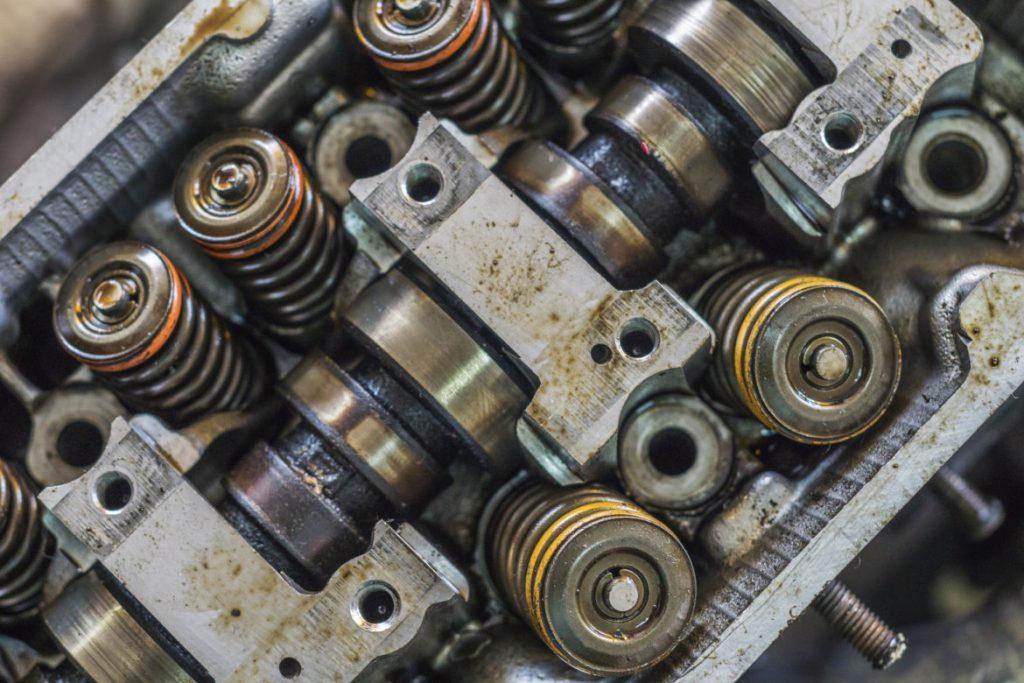
FAQs on Cracked Head Gasket
-
What is the lifespan of a broken head gasket?
When a gasket breaks, it may cause major damage to your vehicle, so it is critical to understand the warning signs and what you need to do to have it repaired.
A car with a blown head gasket normally does not last more than a month, depending on the severity of the leak or hole.
-
Is it difficult to repair a fractured head gasket?
It’s not easy to replace the head gasket. It necessitates a superior grasp of the engine and how its components work together.
Because of the depth of today’s engines, the exhaust manifold, head, and intake valves must be removed to gain access to the head gasket.
-
How much to replace a head gasket?
The head gasket replacement itself is not costly but the labor involved in the job requires a great amount of money. In fact, a head gasket fix is one of the most costly engine repair jobs.
The typical head gasket repair cost is roughly $1,000 to $2,000, however this is not due to the high cost of the materials but the labor as we mentioned.
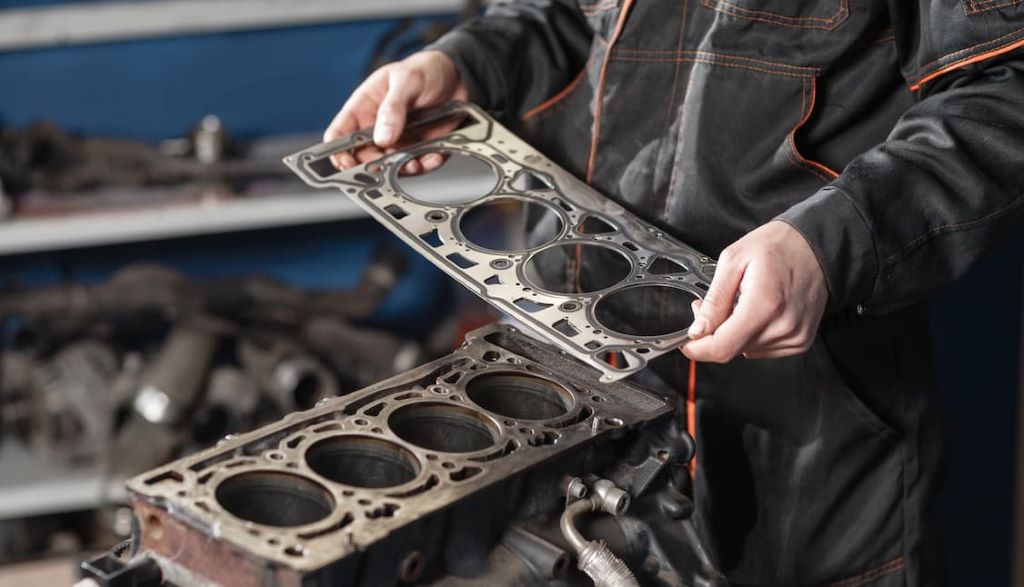
-
What temperature causes head gasket damage?
If an engine temperature exceeds 115 °C, the head gasket and cooling system may be pushed beyond their typical limitations.
The impact is practically certain if the engine temperature exceeds 126 °C. Low-grade gasoline, which is frequently responsible for excessive pressure on the cylinder head, is another reason that can contribute to gasket failure.
-
Does a burst head gasket create noises?
Because the combustion chamber is inadequately sealed, the burning of fuel and air will be restricted. You may notice that the performance of your car has reduced, and you may even hear an exhaust leak or harsh idling sounds, which is a clear indicator of a burst head gasket.
-
Is it safe to drive with a cracked head gasket?
Most problems with your vehicle’s head gasket begin as a minor crack before being entirely blown.
If such cracks are not addressed properly, they will enlarge over time, resulting in further damage and more expensive repairs. That is why a damaged head gasket should never be driven!
-
Will a car start with a blown head gasket?
When your engine won’t start due to a faulty head gasket, you’ll notice the following symptoms: The engine starts but does not run.The battery dies faster with each rotation of the engine. Even if the starter is engaged, the engine will not start.
Check out this video from 2CarPros for a tutorial of 6 easy tests to detect a blown head gasket in a car engine!
Besides the list of notices mentioned above, check maintenance tips from our experts to get more information about cracked head gasket symptoms or tricks to avoid other car problems!








